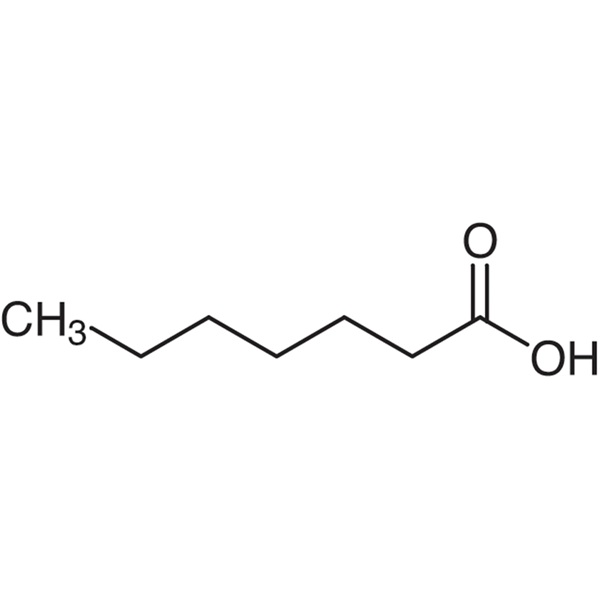Heptanoic Acid CAS 111-14-8 (Enanthic Acid) Purity ≥99.0% (GC)
Shanghai Ruifu Chemical Co., Ltd. is the leading manufacturer of Heptanoic Acid (Enanthic Acid) (CAS: 111-14-8) with high quality. Ruifu Chemical can provide worldwide delivery, competitive price, excellent service, small and bulk quantities available. Purchase Heptanoic Acid, Please contact: alvin@ruifuchem.com
| Chemical Name | Heptanoic Acid |
| Synonyms | Enanthic Acid; n-Heptanoic Acid; 1-Heptanoic Acid; Oenanthic Acid; 1-Hexanecarboxylic Acid; Enanthylic Acid; Heptylic Acid; Oenanthylic Acid; n-Heptylic Acid |
| Stock Status | In Stock, Commercial Production |
| CAS Number | 111-14-8 |
| Molecular Formula | C7H14O2 |
| Molecular Weight | 130.19 g/mol |
| Melting Point | -10.5℃(lit.) |
| Boiling Point | 222.0~223.0℃(lit.) |
| Flash Point | 114℃(237°F) |
| Water Solubility | Practically Insoluble in Water, 2.82 g/l 25℃ |
| Solubility (Soluble in) | Ether, Acetone, Chloroform, Ethanol, Dimethylformamide |
| COA & MSDS | Available |
| Sample | Available |
| Brand | Ruifu Chemical |
| Items | Inspection Standards | Results |
| Appearance | Colorless Transparent Oily Liquid |
Colorless Transparent Oily Liquid |
| The Aroma | Slightly Rancid Fat Odors | Slightly Rancid Fat Odors |
| Purity / Analysis Method | >99.0% (GC) | 99.52% |
| Acid Value (OT-4) | 422.0~430.0 | 429.62 |
| Arsenic Content | ≤0.0001% | ≤0.00001% |
| Water by Karl Fischer | ≤0.50% | <0.50% |
| Heavy Metals (Pb) | ≤0.001% | ≤0.0001% |
| Relative Density (25/25℃) | 0.915~0.920 | 0.9176 |
| Refractive Index (n20/D) | 1.421~1.425 | 1.4225 |
| Infrared Spectrum | Conforms to Structure | Complies |
| Proton NMR Spectrum | Conforms to Structure | Complies |
| Conclusion | The product has been tested & complies with the given specifications | |
Stable. Incompatible with strong oxidizing agents, bases, reducing agents. Combustible. Protect from light.
Package: Bottle, 25kg/Drum, or according to customer's requirement.
Storage Condition: Store in a tightly closed container. Store in a cool, dry (2~8℃) and well-ventilated warehouse away from incompatible substances. Protect from light and moisture.
Shipping: Deliver to worldwide by air, by FedEx / DHL Express. Provide fast and reliable delivery.
How to Purchase? Please contact Dr. Alvin Huang: sales@ruifuchem.com or alvin@ruifuchem.com
15 Years Experience? We have more than 15 years of experience in the manufacture and export of a wide range of high quality pharmaceutical intermediates or fine chemicals.
Main Markets? Sell to domestic market, North America, Europe, India, Korea, Japanese, Australia, etc.
Advantages? Superior quality, affordable price, professional services and technical support, fast delivery.
Quality Assurance? Strict quality control system. Professional equipment for analysis include NMR, LC-MS, GC, HPLC, ICP-MS, UV, IR, OR, K.F, ROI, LOD, MP, Clarity, Solubility, Microbial limit test, etc.
Samples? Most products provide free samples for quality evaluation, shipping cost should be paid by customers.
Factory Audit? Factory audit welcome. Please make an appointment in advance.
MOQ? No MOQ. Small order is acceptable.
Delivery Time? If within stock, three days delivery guaranteed.
Transportation? By Express (FedEx, DHL), by Air, by Sea.
Documents? After sales service: COA, MOA, ROS, MSDS, etc. can be provided.
Custom Synthesis? Can provide custom synthesis services to best fit your research needs.
Payment Terms? Proforma invoice will be sent first after confirmation of order, enclosed our bank information. Payment by T/T (Telex Transfer), PayPal, Western Union, etc.
Hazard Symbols C - Corrosive
Risk Codes 34 - Causes burns
Safety Description
S26 - In case of contact with eyes, rinse immediately with plenty of water and seek medical advice.
S28 - After contact with skin, wash immediately with plenty of soap-suds.
S36/37/39 - Wear suitable protective clothing, gloves and eye/face protection.
S45 - In case of accident or if you feel unwell, seek medical advice immediately (show the label whenever possible.)
S28A -
UN IDs UN 3265 8/PG 3
WGK Germany 1
RTECS MJ1575000
TSCA Yes
Hazard Class 8
Packing Group III
Toxicity LD50 i.v. in mice: 1200±56 mg/kg (Or, Wretlind)
Heptanoic Acid (Enanthic Acid) (CAS: 111-14-8), As an organic compound, Heptanoic Acid is a seven-carbon linear chain saturated fatty acid with an unpleasant, rancid and pungent odor, which is commonly used as a chemical intermediate in the synthesis of esters for products, such as ethyl heptanoate, that are used in fragrances and artificial flavors. It is also applied in cosmetics for the production of emollients, skin conditioning agents as well as viscosity controlling agents. Besides, Heptanoic Acid can also act as a industrial lubricant applied in the fields of aviation, refrigeration, automobile, etc. due to its low viscosity at low temperature and low volatility at high temperature. Moreover, the good anti-corrosion property of heptanoic acid results in the usage of metalworking fluids, industrial water-based refrigerants and anti-corrosion additive for paint. Heptanoic Acid is also applied to esterify steroids in the field of pharmaceutical to produce drugs such as testosterone enanthate, trenbolone enanthate, drostanolone enanthate, methenolone enanthate and it is also one of numerous additives in cigarettes.
Building blocks for organic semiconductor.
Mainly used in the production of heptanoate, organic synthesis of basic raw materials, widely used in spices, pharmaceuticals, lubricants, plasticizers and other industries.
Used for the synthesis of esters for fragrances and artificial flavor preparations.
GB 2760-1996 provides for the permitted use of edible flavors.
Heptanoic Acid is used as an organic building block for the synthesis of a variety of chemical compounds. It is involved in the esterification of steroids and used in the preparation of active pharmaceutical ingredients such as trenbolone enanthate, testosterone enanthate, drostanolone enanthate and methenolone enanthate. It is also used as an internal standard during gas chromatography analysis of the butyl esters of volatile acids. Its ester derivatives are used in the fragrance and flavor industries as well as cosmetics and industrial lubricants in aviation, refrigeration and automobile. It is used to prepare sodium heptanoate, which is used as a corrosion inhibitor.
By oxidation of heptaldehyde with potassium permanganate in diluted sulfuric acid.
Heptanoic acid reacts exothermically with bases. Can react, particularly if moist, with active metals to form gaseous hydrogen and a metal salt. Such reactions are slow if the acid remains dry. Corrodes or dissolves iron, steel, and aluminum parts and containers under ordinary conditions. Reacts with cyanide salts to generate gaseous hydrogen cyanide, particuarly if moist. May generate flammable and/or toxic gases with diazo compounds, dithiocarbamates, isocyanates, mercaptans, nitrides, and sulfides. Reacts with sulfites, nitrites, thiosulfates (to give H2S and SO3), dithionites (SO2), to generate flammable and/or toxic gases and heat. Reacts exothermically with carbonates and bicarbonates to generate a harmless gas (carbon dioxide). Can be oxidized exothermically by strong oxidizing agents and reduced exothermically by strong reducing agents. A wide variety of products is possible. May initiate polymerization reactions; may catalyze chemical reactions.
Harmful if swallowed, inhaled, or absorbed through skin. Extremely destructive to mucous membranes, upper respiratory tract, skin, and eyes. Inhalation may be fatal as a result of spasm, inflammation and edema of the larynx and bronchi, chemical pneumonitis, and pulmonary edema. Symptoms of exposure may include burning sensation, coughing, wheezing, laryngitis, shortness of breath, headache, nausea, and vomiting.
Heptanoic Acid is probably combustible.
-
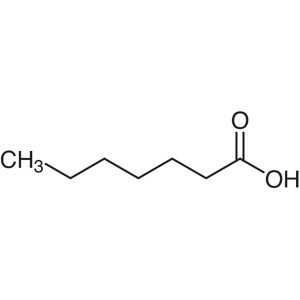
Heptanoic Acid CAS 111-14-8 (Enanthic Acid) Pur...
-
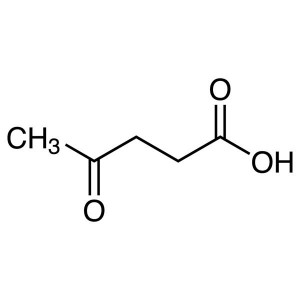
Levulinic Acid CAS 123-76-2 Purity >99.0% (GC) ...
-
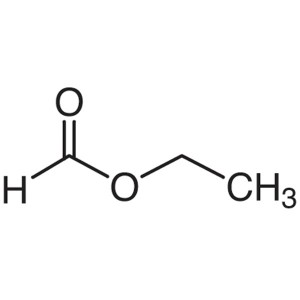
Ethyl Formate CAS 109-94-4 Purity >99.0% (GC) F...
-
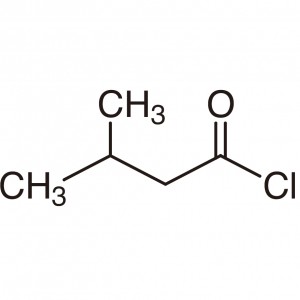
Isovaleryl Chloride CAS 108-12-3 Purity ≥99.0% ...
-
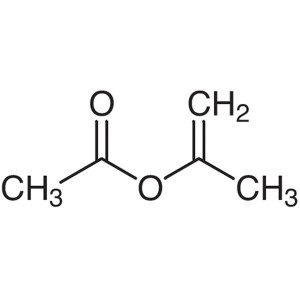
Isopropenyl Acetate (IPA) CAS 108-22-5 Purity ≥...
-
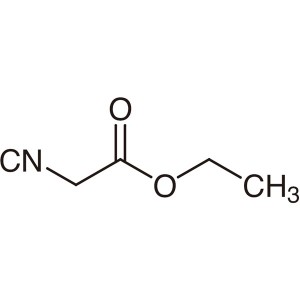
Ethyl Isocyanoacetate CAS 2999-46-4 Purity >99....
-
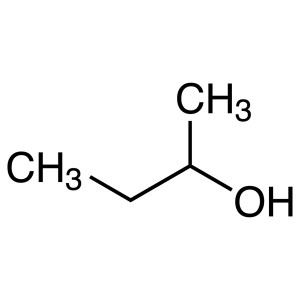
2-Butanol CAS 78-92-2 Purity >99.5% (GC) Factor...
-
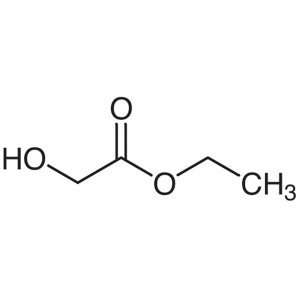
Ethyl Glycolate CAS 623-50-7 Purity >98.0% (GC)
-
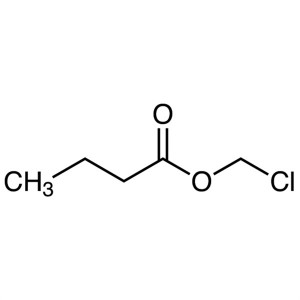
Chloromethyl Butyrate CAS 33657-49-7 Purity >98...
-
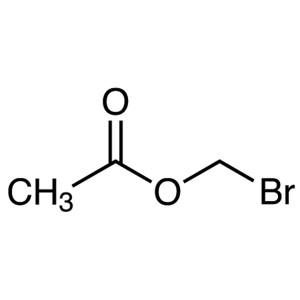
Bromomethyl Acetate CAS 590-97-6 Purity >95.0% ...
-
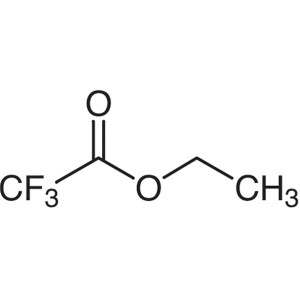
Ethyl Trifluoroacetate CAS 383-63-1 Purity >99....
-
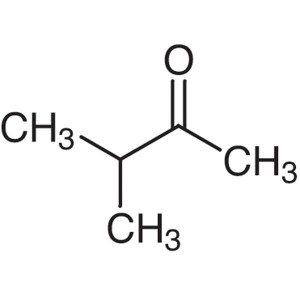
3-Methyl-2-Butanone CAS 563-80-4 Purity >99.5% ...
-
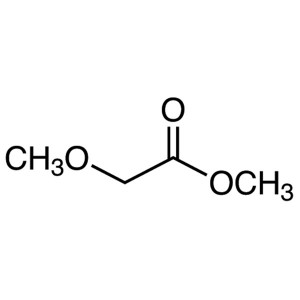
Methyl Methoxyacetate CAS 6290-49-9 Purity >99....
-
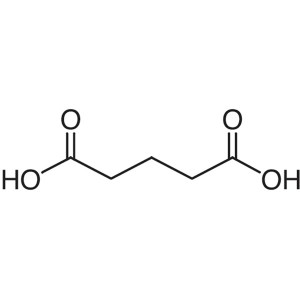
Glutaric Acid CAS 110-94-1 Purity >99.0% (GC) (T)
-
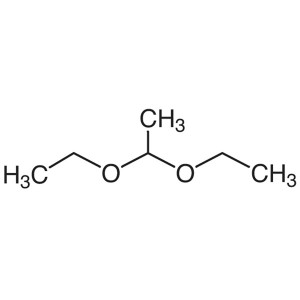
Acetal CAS 105-57-7 Purity >99.0% (GC) Factory ...
-
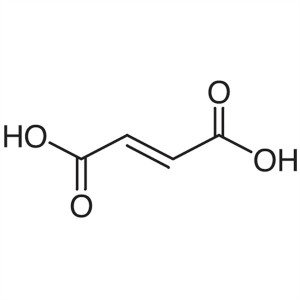
Fumaric Acid CAS 110-17-8 Purity 99.5%~100.5% F...

